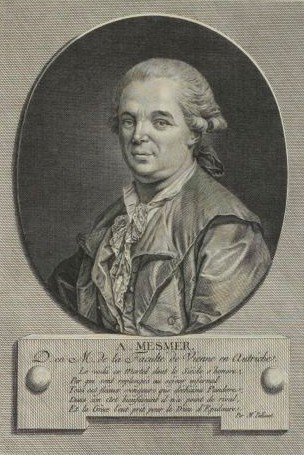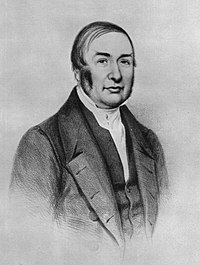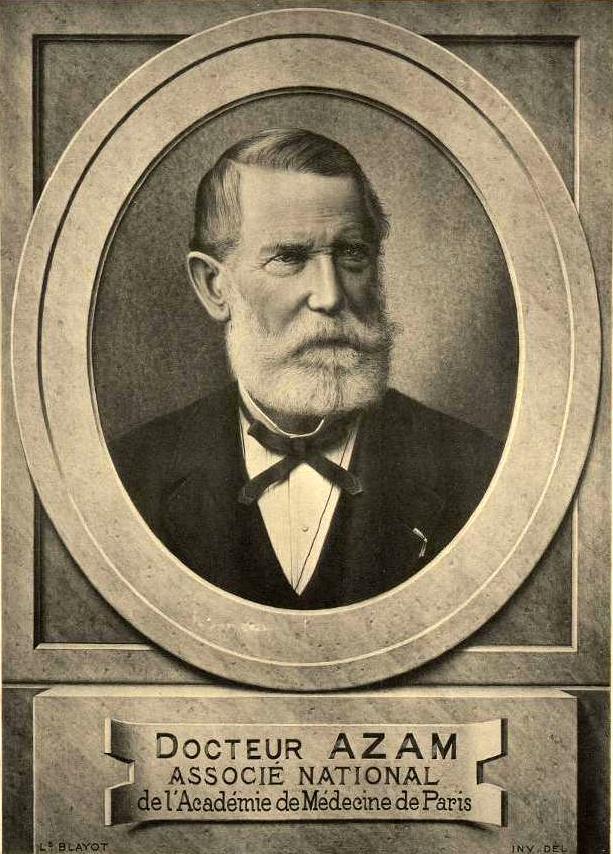
The History of Hypnosis: hypnosis is a fascinating phenomenon that has captivated human curiosity for centuries. Trance induction and the use of ‘hypnotic’ like states for healing and spiritual awakening have been used in many ancient healing practices for thousands of years.
Much of the early formalization of what we know as modern hypnosis we think of today, is rooted in the pioneering work of just a few influential individuals…
Lets delve into the lives and contributions of the first three pioneers of hypnosis, shedding light on their groundbreaking discoveries and shaping the foundation of this intriguing field.
Franz Anton Mesmer – James Braid – Étienne Eugène Azam
Franz Mesmer

Franz Anton Mesmer, an 18th-century Austrian physician, is widely regarded as one of the pioneers of hypnosis. Mesmer believed in the existence of a universal fluid called ‘Animal Magnetism’ that flowed within and around individuals, affecting their health and well-being.
He developed a technique known as ‘Mesmerism’ involving the use of hand gestures, passes, and magnetic objects to induce trance-like states and alleviate various physical and psychological ailments. While Mesmer’s theories and practices were later forgotten (by the mainstream) in favor of The Power of Suggestion, his work laid the groundwork for the understanding of suggestion and the power of the mind in influencing health.
James Braid

Often considered the father of modern hypnosis, in the early 19th century Scottish surgeon James Braid conducted extensive research on mesmerism and its effects on the human mind. He coined the term “hypnosis” derived from the Greek word “hypnos” meaning sleep, to describe the trance-like state induced by suggestion.
Braid shifted the focus from mesmerism’s magnetic fluid to the power of suggestion and the role of the mind in hypnotic experiences. He emphasized the importance of relaxation, concentration, and fixation on an object, known as the “eye fixation” technique, as a means of trance induction.
Braid’s scientific approach and emphasis on the psychological aspects of hypnosis laid the foundation for modern hypnotherapy.
Étienne Eugène Azam

Étienne Eugène Azam, a French physician and colleague of Jean-Martin Charcot, made significant contributions to the understanding and development of hypnosis. Azam documented numerous case studies and observed the phenomenon of post-hypnotic amnesia, where individuals had no recollection of suggestions or events experienced during hypnosis once awakened.
His work further emphasized the power of suggestion and the potential therapeutic benefits of hypnosis in treating psychological disorders. Azam’s research and clinical observations contributed to the legitimization of hypnosis as a field of study and practice.
Learn the most up to date skills and techniques in Hypnosis and Neuro-Linguistic Programming (NLP) to create fast and lasting positive change with your clients >> Find Out More <<
The History of Hypnosis
These three pioneers of hypnosis, played instrumental roles in shaping the understanding and development of this intriguing field.
From Mesmer’s exploration of animal magnetism to Braid’s emphasis on suggestion and Azam’s clinical observations, each of these individuals brought unique insights and contributions to the study and practice of hypnosis.
Their pioneering work paved the way for modern approaches to hypnotherapy, highlighting the power of suggestion, the role of the mind, and the potential therapeutic benefits of harnessing altered states of consciousness.
The legacy of these early creators continues to inspire and inform the field of hypnosis, deepening our understanding of the mind’s potential and the profound impact it can have on our well-being.
Milton Erickson
In the last century another doctor, Milton H. Erickson MD, pioneered a conversational or indirect style of hypnosis which became known as ‘Ericksonian Hypnosis’… his work brought about another was a paradigm shift in the understanding and use of Hypnosis.
Gone was the swinging back and forth of the watch, mesmeric passes and hand gestures or the direct ‘authoritarian’ hypnosis… there was a big distinction from direct hypnosis to a more indirect form of hypnosis.
Indirect Hypnosis is an amazing way to bypass the critical thinking part of the brain introducing positive new ideas and strategies…
And a nod to the remarkable Émile Coué must be made here also…
Find Out about becoming a Licensed Hypnotic Practitioner Learn the Art & Science of Hypnosis
